.jpg)
Back
Canarium littorale Blume
| Family Name: | Burseraceae |
| Synonyms: | Rhus melintangensis Korth. ex Blume, Canarium acutum Engl. |
| Common Name: | Kedondong Bulan |
Canarium littorale or Kedondong Bulan is a tall tree that grows to 44 m tall. Kedondong Bulan produce compound leaves, oval to broadly lance-shaped leaflets with smooth to sharply toothed margins. It has greenish yellow flowers and spindle-shaped fruit, each containing 1 - 2 seeds.
Name
Classifications and Characteristics
| Plant Division | Angiosperms (Flowering Seed Plants) (Dicotyledon) |
|---|---|
| Plant Growth Form | Tree (Big (>30m)) |
| Lifespan (in Singapore) | Perennial |
| Maximum Height | 44 m |
Biogeography
| Native Distribution | Borneo, Jawa, Laos, Malaya, Myanmar, Sumatera, Thailand, Vietnam and Singapore |
|---|---|
| Native Habitat | Terrestrial (Primary Rainforest, Mountain, Secondary Rainforest, Freshwater Swamp Forest) |
| Preferred Climate Zone | Tropical, Sub-Tropical / Monsoonal |
| Local Conservation Status | Native to Singapore (Endangered (EN)) |
Description and Ethnobotany
| Growth Form | It is a tree that grows to 44 m tall, sometimes buttressed. |
|---|---|
| Foliage | Its leaves are compound, stalked, spirally arranged. The oval to broadly lance-shaped leaflets are 3 - 27 cm long and 1 - 9 cm wide. It has smooth to sharply toothed leaf margin, veins are distinctly visible on the underside. Stipules found near the base of the petiole are kidney-shaped, usually hairy about 17 by 12 mm, may fall off early. |
| Flowers | Its flowers are greenish yellow, covered in short fuzzy hairs. The flowering shoots are unisexual, produced at the tip of branches measuring 5 - 40 cm long. Female flowers are held on subracemose inflorescence while male flowers are on a paniculate inflorescence. |
| Fruit | Its fruit is spindle-shaped, fleshy, with elliptic to rounded triangular cross-section. The fruit measures at 4.5 - 7 cm long by 1.5 - 3 cm wide, contains 1 - 2 seeds. |
| Habitat | Occurs in rainforest on dry or swampy soils, under everwet or subseasonal conditions. Mostly at low altitudes, rarely up to 2000m. |
| Cultivation | It can be propagated by seed. |
| Etymology | Latin Canarium, from the Malay name kanari and the Moluccan name kenari; Latin, littorale, growing by the seashore, referring to one of the habitats this species thrives in. |
| Ethnobotanical Uses | Timber & Products: The wood is soft, often used as timber to build houses. The resin produced is used as damar or varnish. |
Landscaping Features
| Landscaping | It is suitable for streetscapes, parks and gardens. |
|---|---|
| Landscape Uses | General, Suitable for Roadsides, Parks & Gardens |
Fauna, Pollination and Dispersal
| Pollination Method(s) | Biotic (Fauna) |
|---|---|
| Seed or Spore Dispersal | Biotic (Fauna) |
Plant Care and Propagation
| Light Preference | Full Sun |
|---|---|
| Water Preference | Lots of Water, Moderate Water |
| Plant Growth Rate | Slow |
| Rootzone Tolerance | Moist Soils, Fertile Loamy Soils |
| Propagation Method | Seed |
Foliar
| Foliage Retention | Evergreen |
|---|---|
| Mature Foliage Colour(s) | Green |
| Mature Foliage Texture(s) | Papery, Leathery |
| Foliar Type | Compound (Odd-Pinnate) |
| Foliar Arrangement Along Stem | Spiral |
| Foliar Attachment to Stem | Petiolate |
| Foliar Shape(s) | Non-Palm Foliage (Oblanceolate, Ovate) |
| Foliar Venation | Reticulate |
| Foliar Margin | Entire, Dentate, Serrate / Toothed |
| Foliar Apex - Tip | Acuminate, Acute |
| Foliar Base | Cuneate, Cordate |
Non - Foliar and Storage
| Stem Type & Modification | Woody |
|---|---|
| Root Type | Underground (Tap Root) |
Floral (Angiosperm)
| Flower & Plant Sexuality | Unisexual Flowers , Monoecious |
| Flower Colour(s) | Green, Yellow / Golden |
|---|
| Flower Texture(s) | Velvety / Furry / Tomentose |
| Flower Grouping | Cluster / Inflorescence |
| Flower Location | Terminal |
| Inflorescence Type | Panicle, Raceme |
Fruit, Seed and Spore
| Fruit Classification | Simple Fruit |
|---|---|
| Fruit Type | Fleshy Fruit , Drupe |
| Seed Quantity Per Fruit | Few (1-5) |
References
| References | Leenhouts, P.W., Kalkman, C & Lam, H.J. (1956). Burseraceae. Flora Malesiana, ser. 1 Seed Plants, vol. 5. Leiden: Naturalis Biodiversity Center. |
|---|
Image Repository
Others
| Master ID | 29466 |
|---|---|
| Species ID | 3775 |
| Flora Disclaimer | The information in this website has been compiled from reliable sources, such as reference works on medicinal plants. It is not a substitute for medical advice or treatment and NParks does not purport to provide any medical advice. Readers should always consult his/her physician before using or consuming a plant for medicinal purposes. |

.jpg)
.jpg)
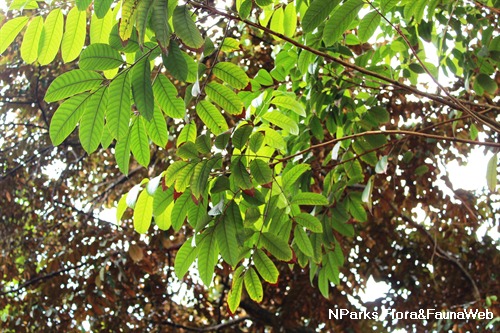
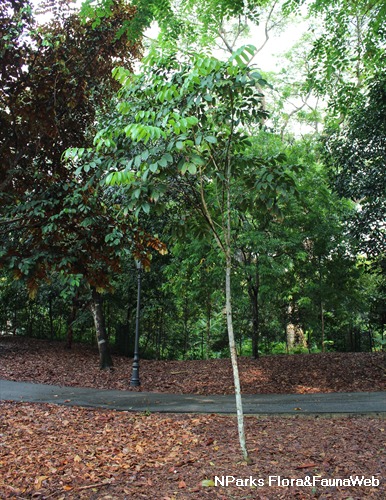
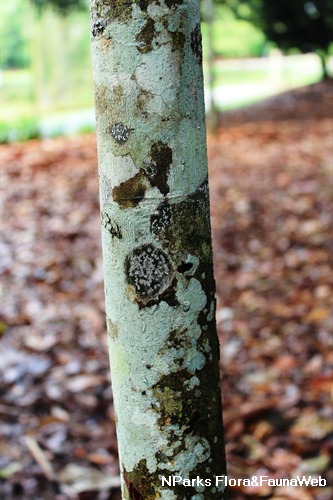
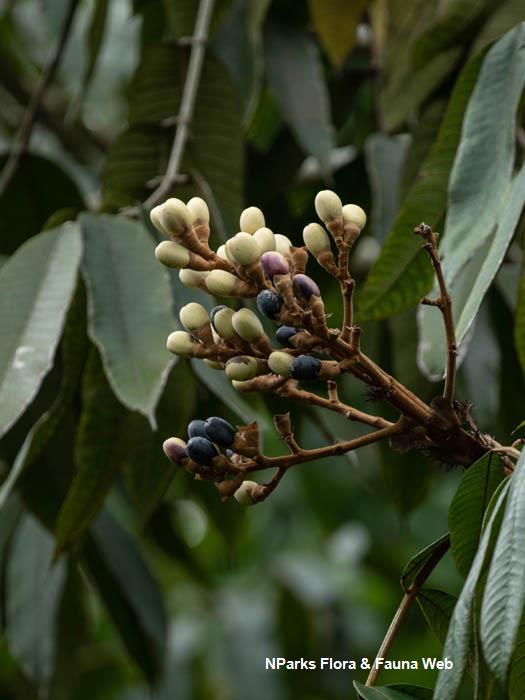
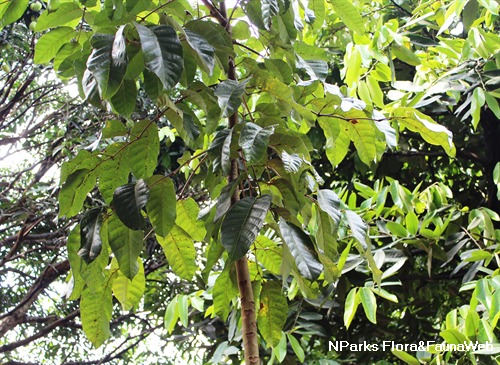
_lowres.jpg)